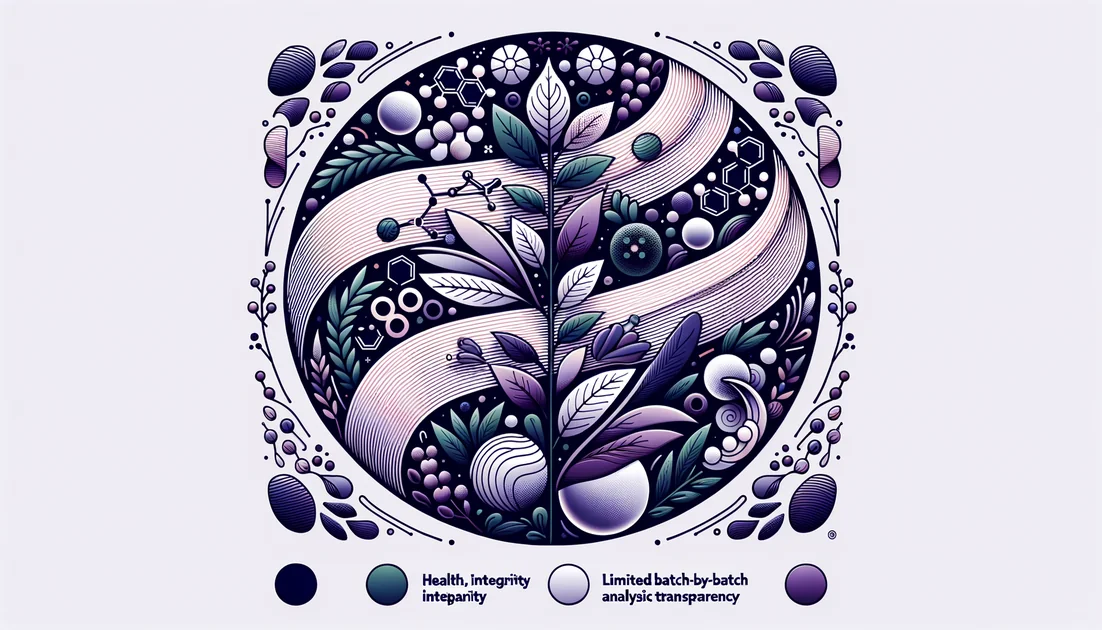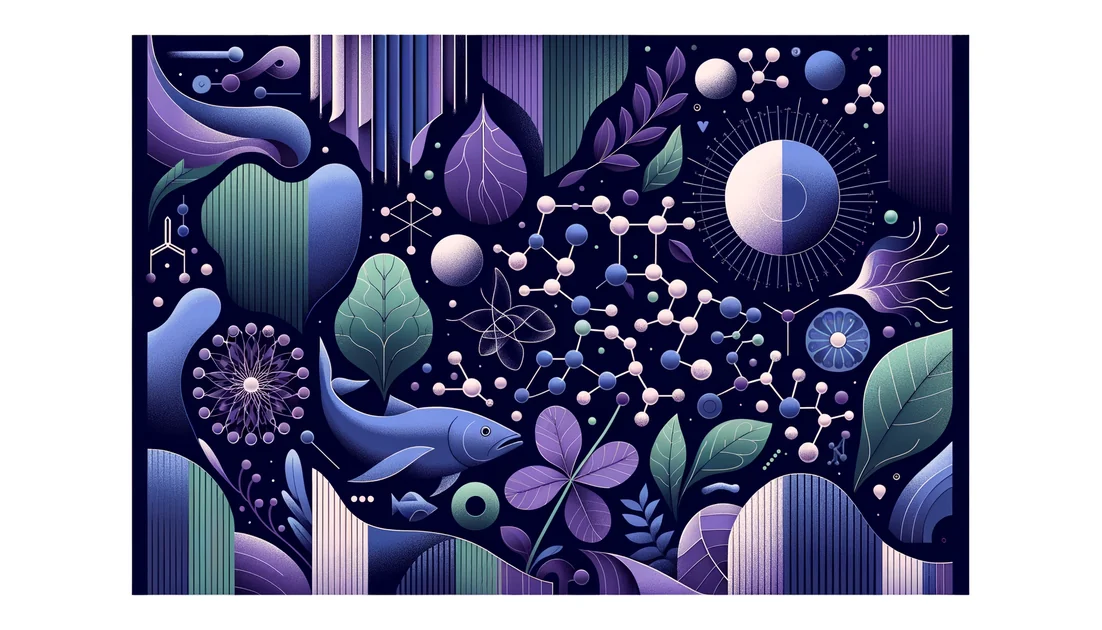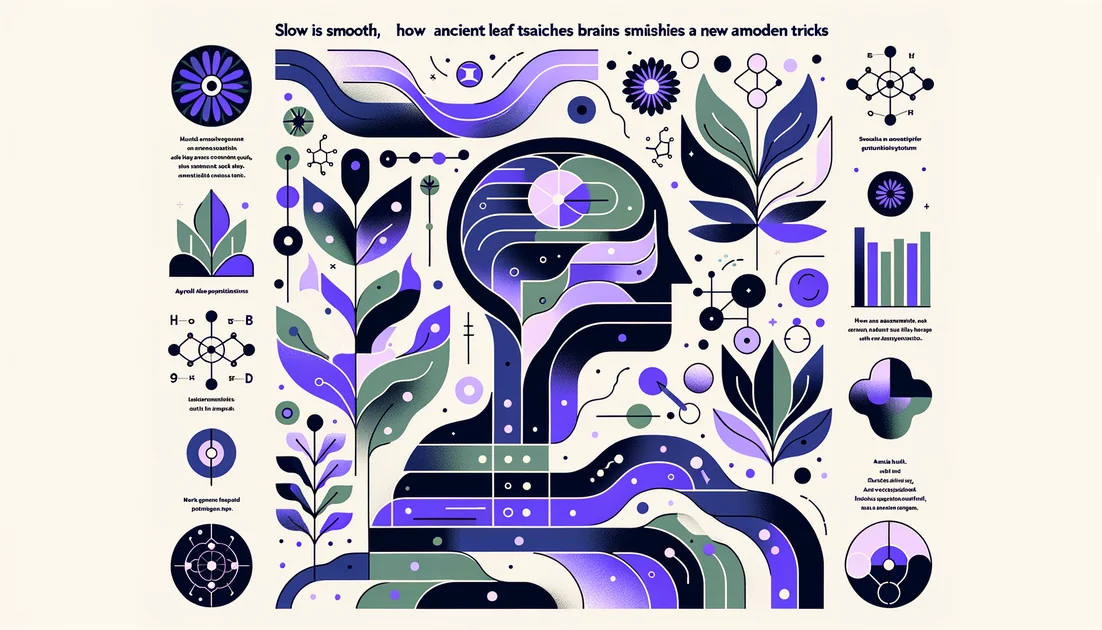
Astaxanthin vs Lutein for eye health antioxidants
For AMD risk/progression, choose lutein with zeaxanthin (AREDS2-level dosing). For screen-related eye strain without AMD, astaxanthin may help symptoms short term; it's not a substitute for AREDS2 [2][8][14][15][16][18].
For eye health, lutein+zeaxanthin is the evidence-based choice to slow progression in intermediate AMD (AREDS2: 10 mg/2 mg). Astaxanthin shows small, short-term benefits for digital eye strain in several small RCTs but lacks data for AMD modification. Many people can pair dietary lutein/zeaxanthin (or an AREDS2 formula if indicated) with lifestyle steps for screens; consider astaxanthin as an optional add-on for symptomatic relief, not a replacement for AREDS2 [2][8][14][15][16][18][19].
The Comparison
Standardization: Typically natural astaxanthin from Haematococcus pluvialis (mix of mono-/di-ester forms; predominantly 3S,3'S stereoisomer in H. pluvialis) [4–7].
Dosage: 4–12 mg/day in trials of eye strain; higher doses (≥20 mg/day) used in oxidative stress studies [3,5,12].
Benefits
Drawbacks
Safety:EFSA: ADI 0.2 mg/kg/day; assessments question 8 mg/day supplement cap in EU context; generally well-tolerated in RCTs up to 12 mg/day; take with fat; limited pregnancy data [4][11].
Standardization: Commonly from marigold (Tagetes erecta) as lutein esters or free lutein; AREDS2 uses 10 mg lutein + 2 mg zeaxanthin daily [2,8].
Dosage: 10–20 mg/day lutein (often with 2 mg/day zeaxanthin) in eye studies; ≥6 months common [9].
Benefits
- •Only macular carotenoids (with zeaxanthin) and robustly increase macular pigment (MPOD) and some visual functions in meta-analyses [1][9].
- •AREDS2: replacing beta-carotene with lutein+zeaxanthin reduced AMD progression vs beta-carotene and avoided lung-cancer risk in smokers/former smokers [2][8][17][18][19].
Drawbacks
Safety:Generally safe up to 20 mg/day (Observed Safe Level); minor reversible skin yellowing possible; take with fat for better absorption [13][20].
Head-to-Head Analysis
Efficacy for AMD progression Critical
Winner:Lutein (with zeaxanthin)• Importance: high
Digital eye strain / visual fatigue relief
Winner:Astaxanthin• Importance: medium
Macular pigment (MPOD) and blue-light filtering Critical
Winner:Lutein (with zeaxanthin)• Importance: high
Onset/time-to-effect
Winner:Tie• Importance: medium
Side effects/tolerability
Winner:Tie• Importance: medium
Standardization/consistency
Winner:Lutein (with zeaxanthin)• Importance: medium
Bioavailability/formulation
Winner:Tie• Importance: low
Cost/value per effective dose
Winner:Lutein (with zeaxanthin)• Importance: medium
Real-world adoption/clinical guidance Critical
Winner:Lutein (with zeaxanthin)• Importance: high
Common Questions
Can astaxanthin replace an AREDS2 formula for AMD?
No. AREDS2 evidence supports lutein+zeaxanthin (with C, E, zinc, copper) for intermediate AMD. Astaxanthin lacks AMD-modifying data [2][17][18][19].
Do I need zeaxanthin with lutein?
Yes for AMD regimens. AREDS2 uses 10 mg lutein + 2 mg zeaxanthin; both are macular pigments and work together [2][8][17][18][19].
How long until I notice effects?
Eye strain studies with astaxanthin report 6–8 weeks; MPOD/AMD outcomes with lutein/zeaxanthin usually need 3–6+ months [3][9][14][15][16].
Which Should You Choose?
Intermediate AMD or late AMD in one eye (doctor-confirmed)
Choose:Lutein (with zeaxanthin)
Heavy screen use with bothersome eye strain, no AMD diagnosis
Choose:Astaxanthin
Goal: raise macular pigment/contrast sensitivity over months
Choose:Lutein (with zeaxanthin)
Former or current smoker needing an eye formula
Choose:Lutein (with zeaxanthin)
You might also like
Explore more of our evidence-led investigations, comparisons, and guides across every article style.

Core Nutritionals
Label-transparency leader, limited published testing: the Core Nutritionals paradox

Marine collagen peptides (fish-derived) vs Bovine collagen peptides (hide-derived)
Pick marine if you avoid land animals or value potential sustainability; pick bovine if you want lower cost and the same evidence profile. Clinically, source doesn't clearly change outcomes. [1][2]

Best for Blood sugar control
Berberine 500 mg 2–3×/day (HbA1c −0.6% to −0.75%).

Bacognize (Bacopa monnieri)
You expect brain boosters to make everything faster. Then researchers noticed something odd: people on Bacopa sometimes grew a little slower on the stopwatch—yet sharper where it mattered. They missed fewer details, remembered more words, felt steadier under stress. A plant that slows you down to make you smarter? That paradox became the trail to Bacognize, a modern, standardized extract of an old Ayurvedic herb.


Tocotrienols
The stealthier cousins of vitamin E—built with springy tails that move differently in cell membranes and behave differently in your body.


